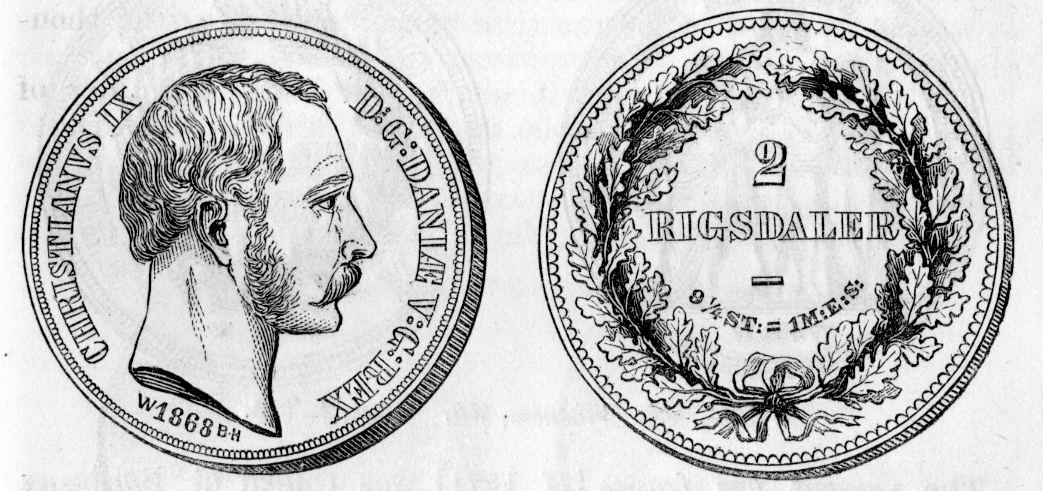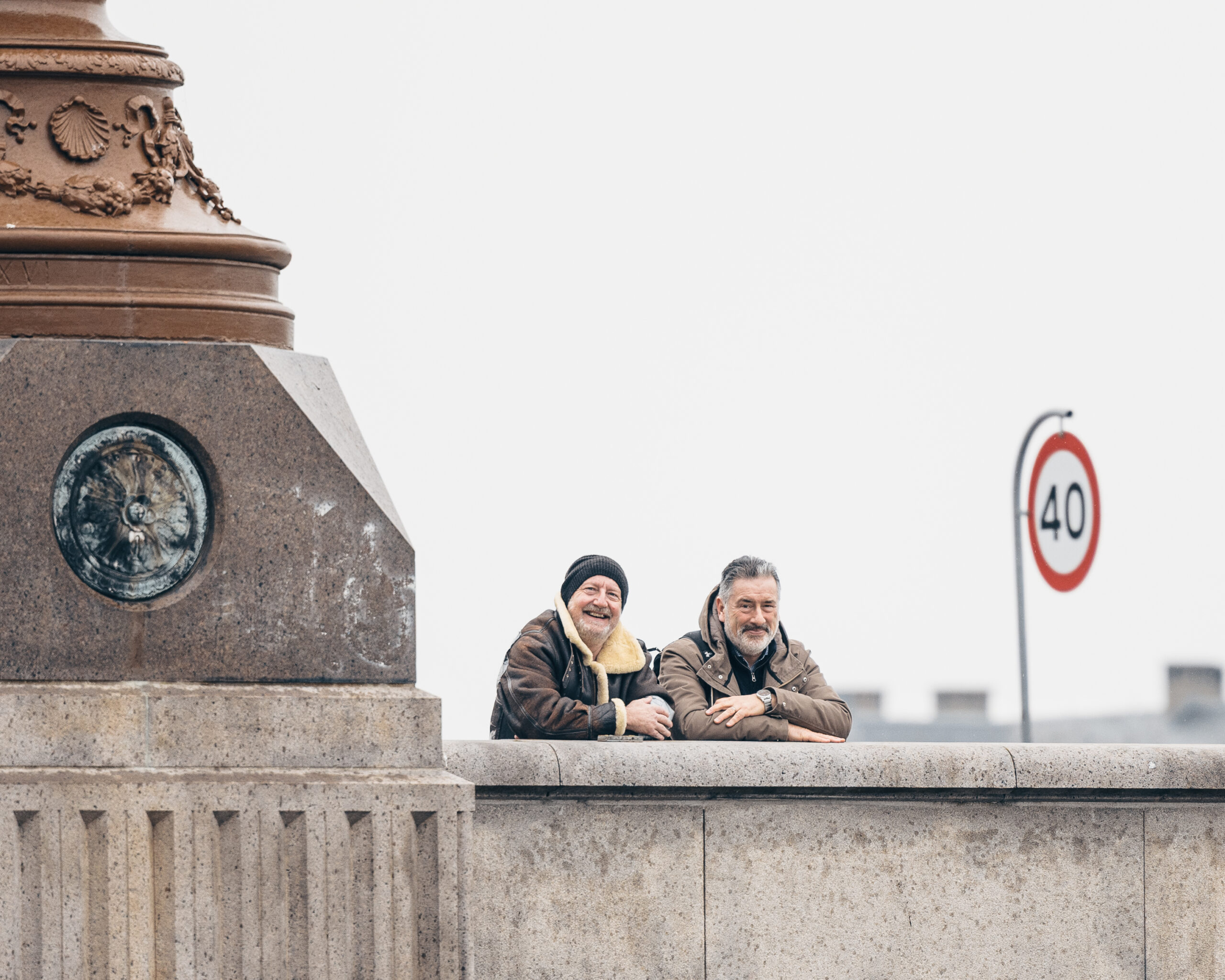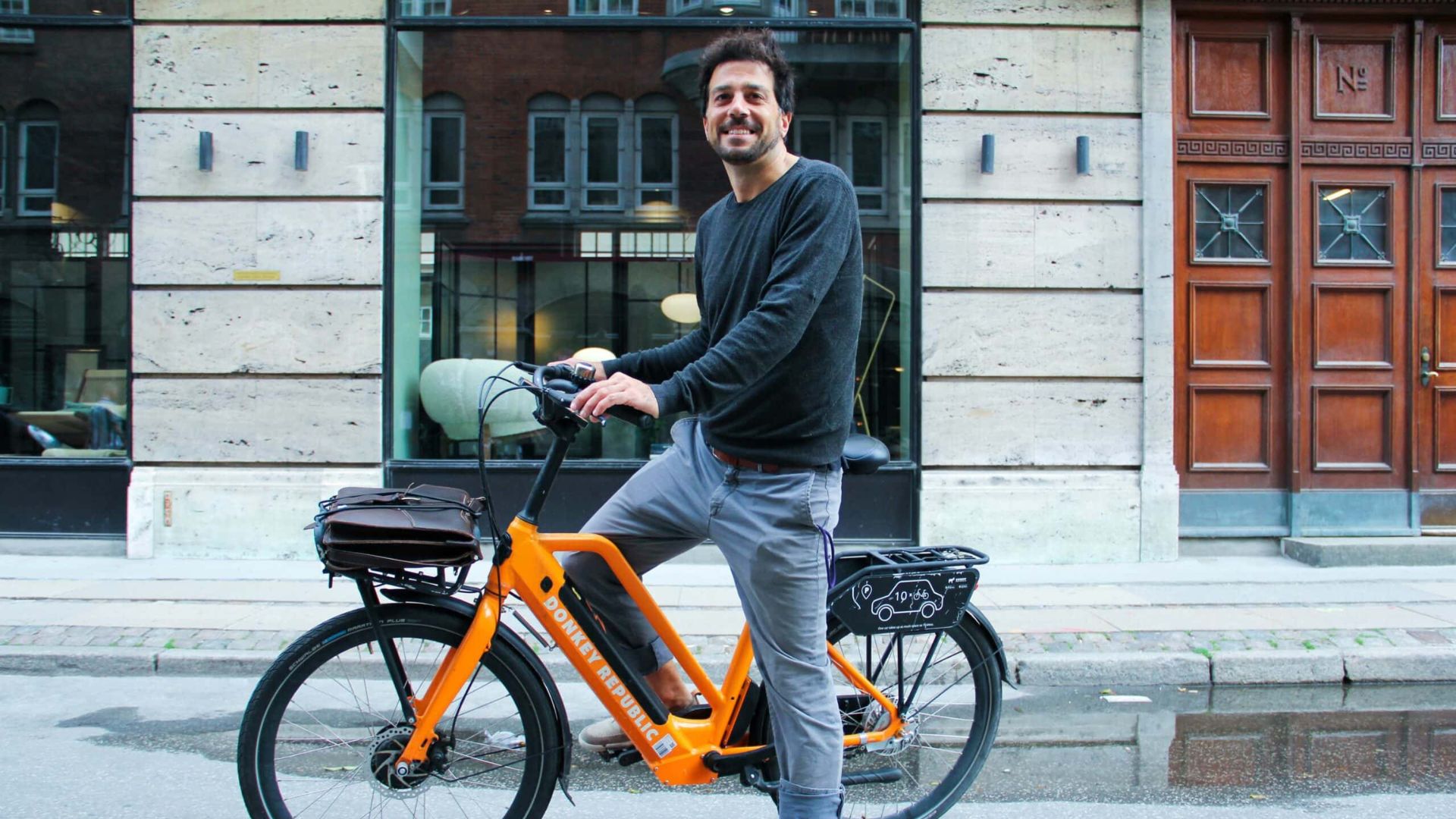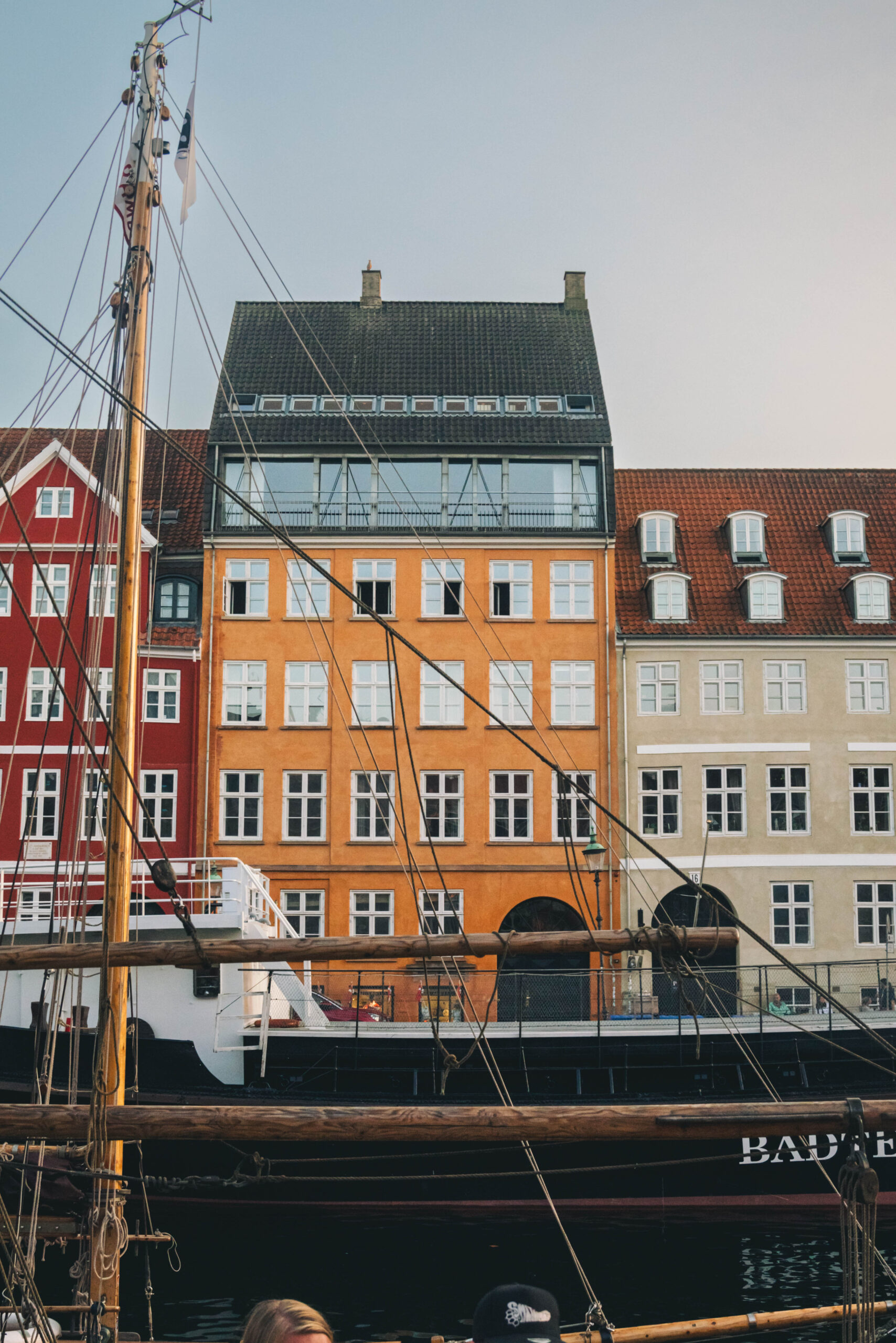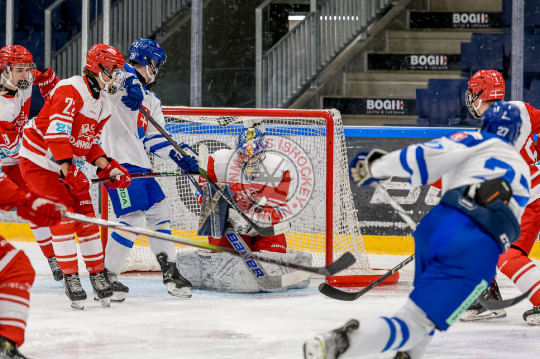‘It costs a daler,’ the shopkeeper said. He was given two kroner.
Daler or ‘rigsdaler’ is a Danish coin that was minted between 1537 and 1875, when kroner and øre replaced the old coinage. However, daler is still used today as a term for two kroner, the value it had then in kroner.
Established in 1625, Denmark’s old currency system was: 12 pfennig = 1 skilling, 16 skillings = 1 mark, 6 marks = 1 rigsdaler and 8 marks = 1 krone.
The term ‘skilling’ can also be heard today.
War inflation
From 1713, two separate systems coexisted, rigsdaler courant and rigsdaler species, with courant being a debased currency also used for banknote issue.
Due to spiralling inflation at a late stage during the Napoleonic Wars (1804-1815), the Danish state did not have enough money to pay its debts – it went bankrupt on 5 January 1813. One result was the introduction by the national bank (Rigsbank) of a new currency based on the rigsbankdaler. This was divided into 96 rigsbank skilling and was equal to half a rigsdaler species or six rigsdaler courant.
The bank introduced notes in denominations of 1, 5, 10, 50 and 100 rigsbankdaler.
Scandi union
Between 1840 and 1843, a new coinage was introduced, consisting of 1/5, 1/2, 1, 2, 3, 4, 8, 16 and 32 rigsbank skilling, 1 rigsbankdaler and 1 rigsdaler species. Denominations between 4 rigsbank skilling and 1 rigsbankdaler were also inscribed with the denomination in the currency of Schleswig-Holstein, the Schilling Courant, of which there were 60 to the Speciethaler – equal to the rigsdaler species. These denominations were 1 and 1/4, 2 and 1/2, 5, 10 and 30 Schilling Courant.
Further changes occurred in 1854. The rigsdaler species name disappeared and the names rigsbankdaler and rigsbank skilling became rigsdaler and skilling rigsmønt. There were 96 skilling rigsmønt to the rigsdaler.
Sweden and Denmark formed the Scandinavian Monetary Union on 5 May 1873, when the Danish krone replaced the rigsdaler. The two countries fixed their currencies against gold at a par to each other: 2.48 kroner/kronor per gram of gold, or roughly 0.403 grams/krone.
Norwegians join
Norway, which was politically tied to Sweden but had great autonomy, joined the union two years later in 1875 by pegging its currency to gold at the same level as Denmark and Sweden.
The equal-valued Danish krone, Norwegian krone and Swedish krona of the monetary union replaced the three currencies at the rate of 1 krone/krona = 1/2 Danish rigsdaler = 1/4 Norwegian speciedaler = 1 Swedish riksdaler.
While the monetary union provided fixed exchange rates and stability in monetary terms, the three member countries continued to issue their own separate currencies. However, they were accepted on a basis of ‘as good as’ the legal tender virtually throughout the entire area.
Because different governments have conducted different economics and financial policies over time, one Swedish krona is today worth about 0.78 Danish krone, and one Norwegian krone is worth about 0.8 Danish krone.

